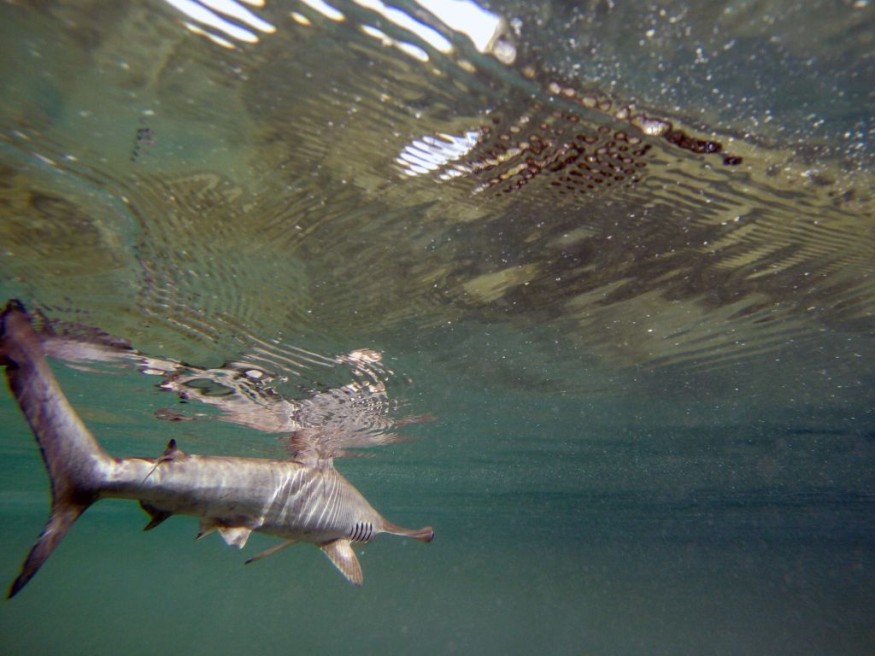
A team of scientists from the United States and Hong Kong had assessed health risks of eating shark-derived products and found big safety concerns for consumers, especially women of childbearing age.
According to Phys.org, shark fins and meat contained dangerously high levels of toxic mercury that pose dangers to human health and should not be sold. Laura García Barcia, a Florida International University (FIU) Ph.D. candidate in the Predator Ecology and Conversation lab and her team tested meat and fin samples in a new study and found that most shark derived products had mercury levels surpassing local legal safety limits, with hammerhead sharks having the greatest risk.
As an important source of protein for many communities around the world, García Barcia said calls for a need to get a better idea of what health risks those communities might be facing.
"After the first study we did in 2020, the next question we wanted to answer was how many bowls of shark fin soup-or how much shark meat-you can have without consuming too much mercury."
The 2020 study was published in the journal Exposure and Health.
The Fin Trade
In the new study, the team collected fin trimmings sold for human consumption from China and Hong Kong as part of an ongoing project to understand the species composition of the global shark fin trade. Out of the 267 fin trimmings of nine most common shark species in the fin trade, the team found that 75% exceeded the Hong Kong Center for Food safety's maximum legal limit of 0.5 parts per million (ppm) of methylmercury, the organic and highly toxic form of mercury - as reported in their paper published in Springer Link.
Moreover, they discovered that hammerhead species had the most staggeringly high amounts of mercury, and their fins had the highest methylmercury levels.
Coincidentally, they are also the most sought after and valuable sharks in the global fin trade.
A Lose-Lose Scenario
Demian Chapman-director of the Sharks & Rays Conservation Program at Mote Marine Laboratory & Aquarium and adjunct professor at FIU and also one of the study's authors - points out that high-end consumers who buy hammerheads, the most expensive fins, probably don't realize by now that they are actually putting themselves in the greatest health risk.
"The fin trade has contributed to the high extinction risk faced by the hammerhead sharks, yet trading these species in particular also puts consumers at risk. It's a lose-lose scenario for people and wildlife." In addition, the global shark fin trade has contributed to a rise in illegal shark fishing and trade.
"The differences in health risk between species is striking and we encourage both governments and consumers to start questioning what species end up on a plate," García Barcia said.
While the new study shows that certain species like hammerheads pose a greater risk than others, the authors aim to better inform consumers of the species-specific risks of consuming shark-derived products, with hope that these findings can help create more species-specific advisories for meat and fin products.
Related article : Aggressive Orcas Damage Several Boats in the European Coast
© 2026 NatureWorldNews.com All rights reserved. Do not reproduce without permission.





